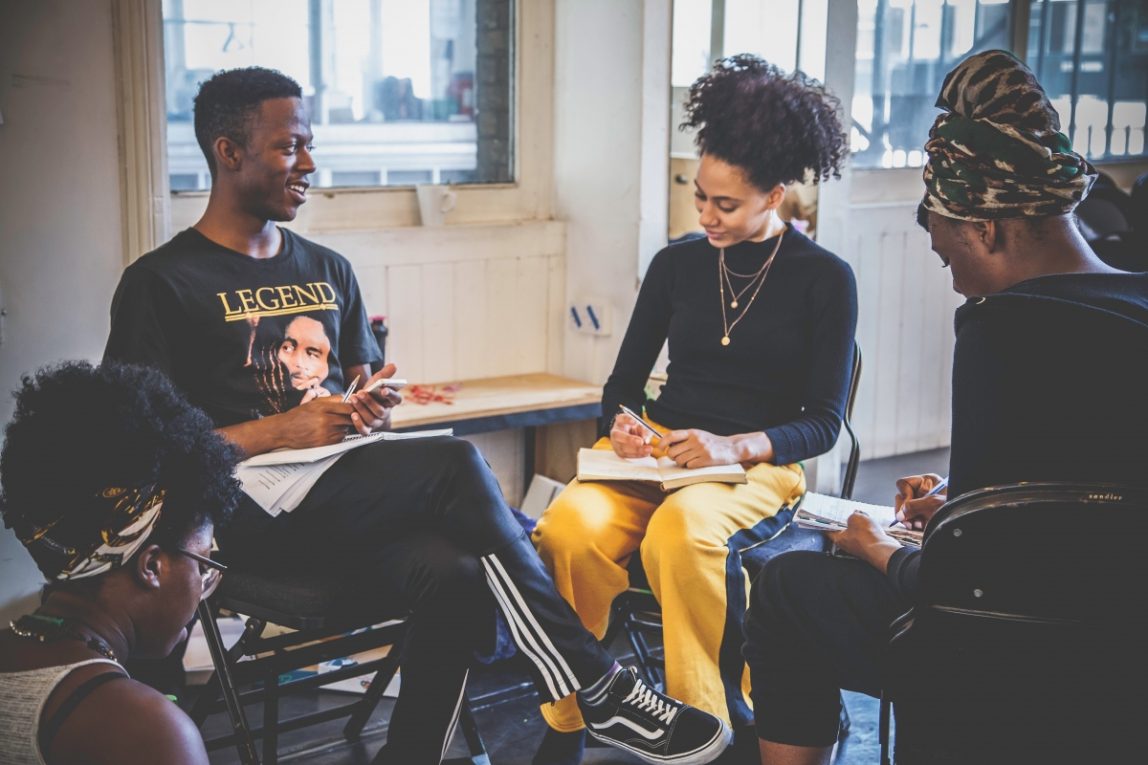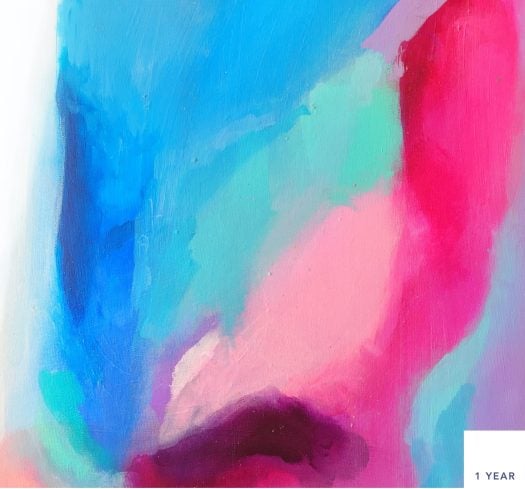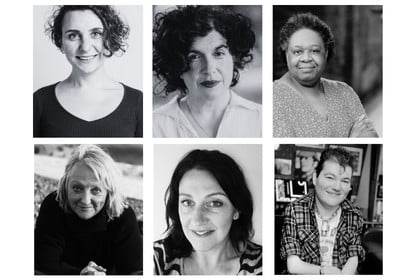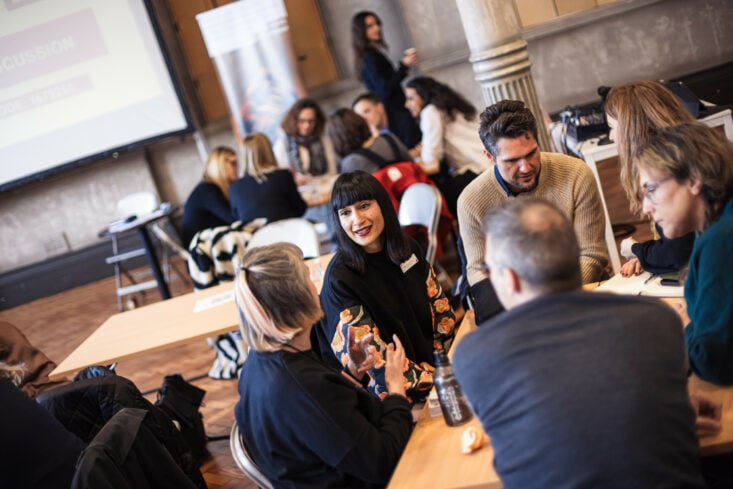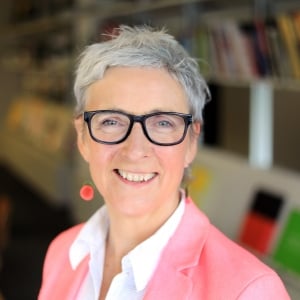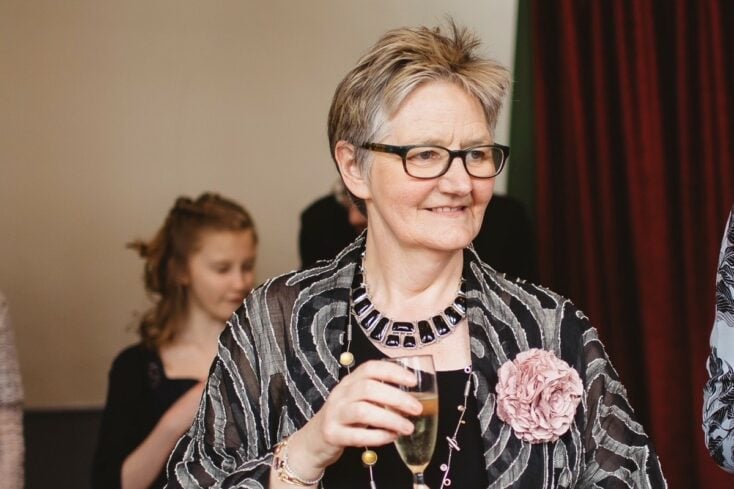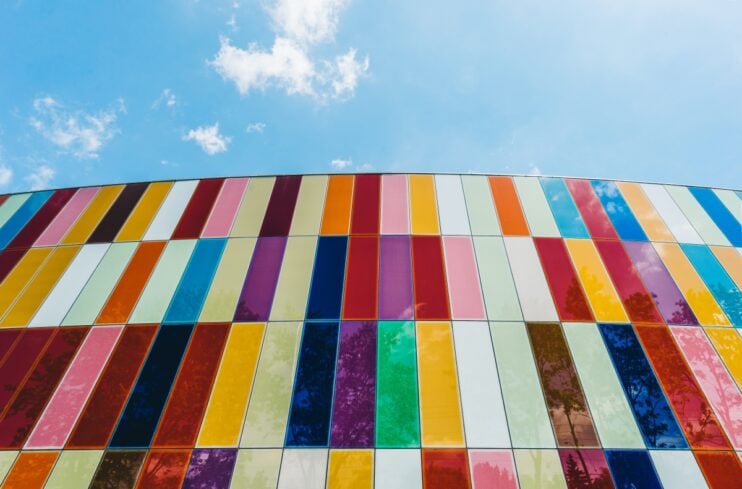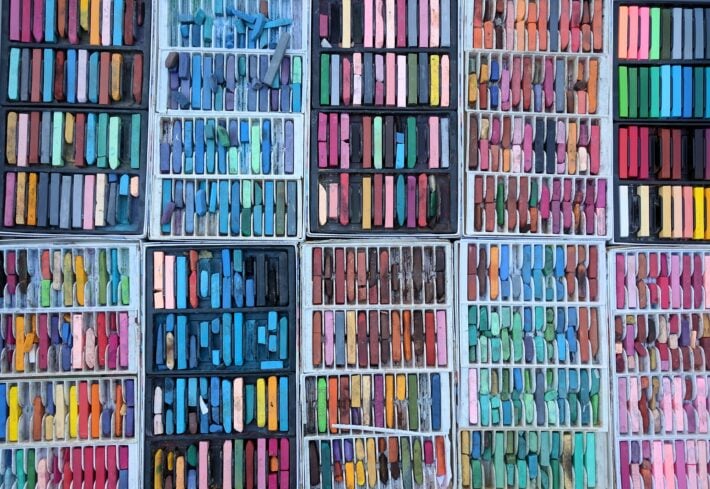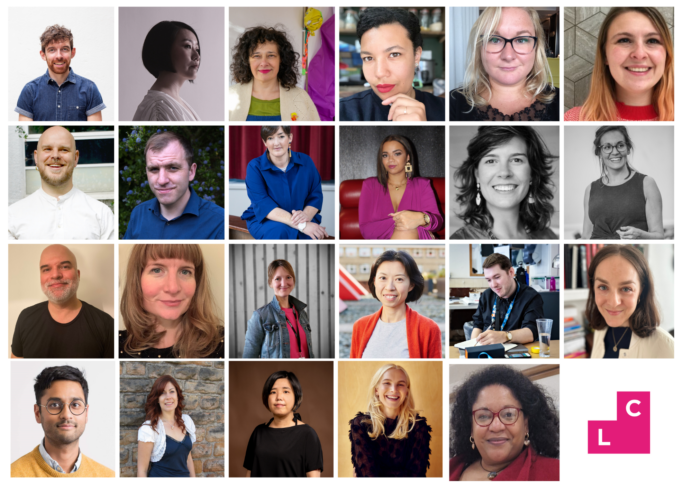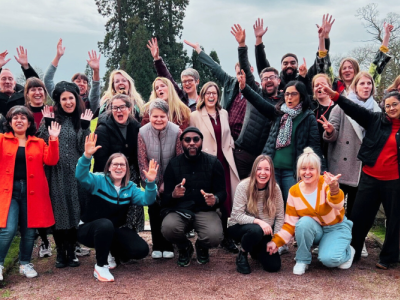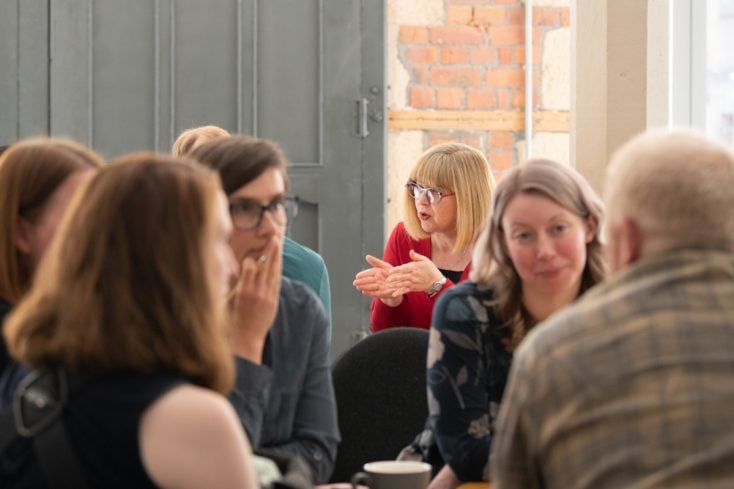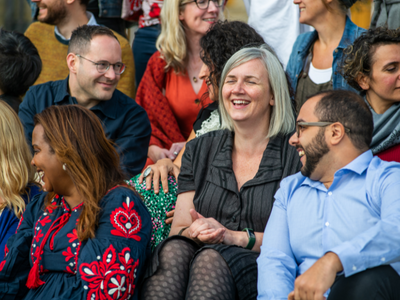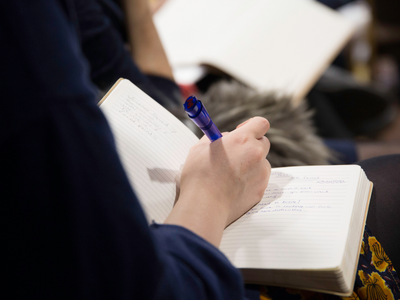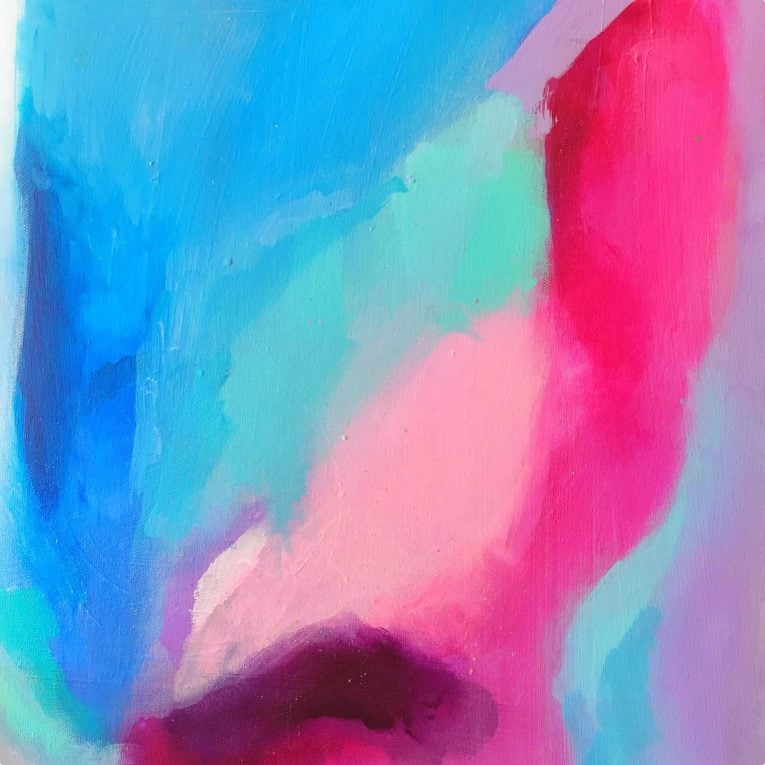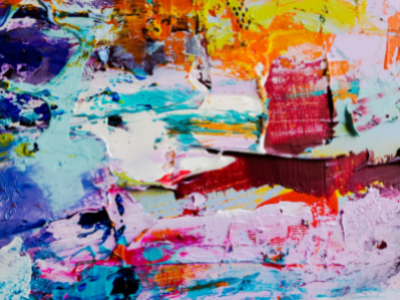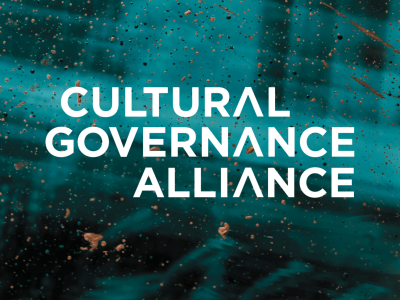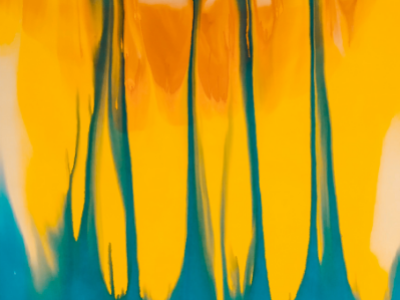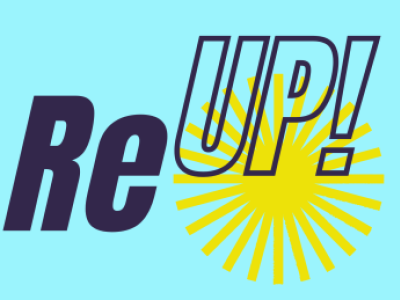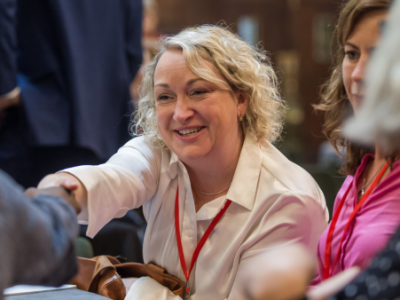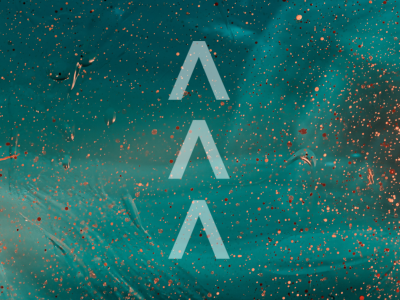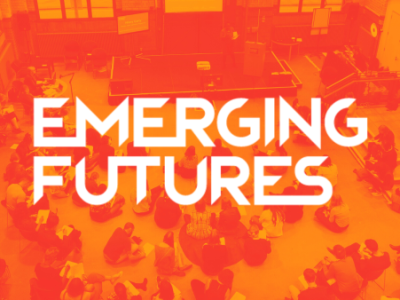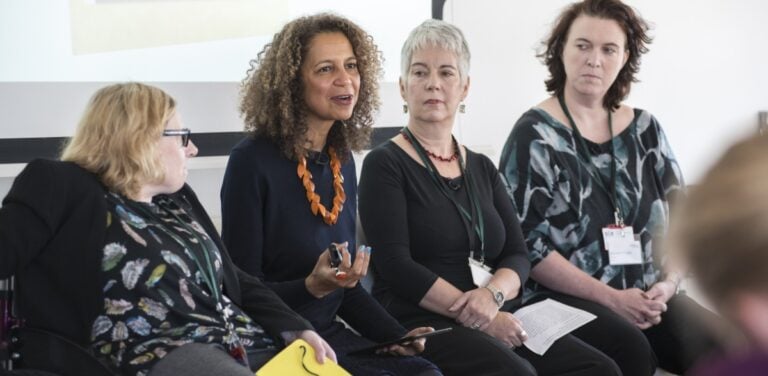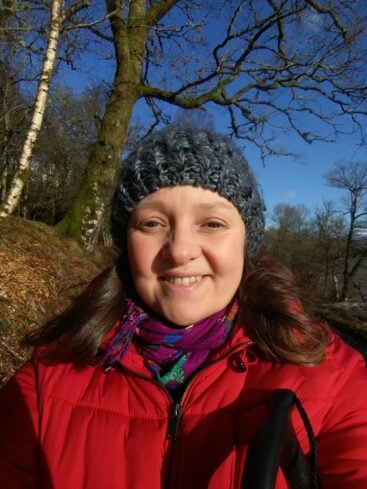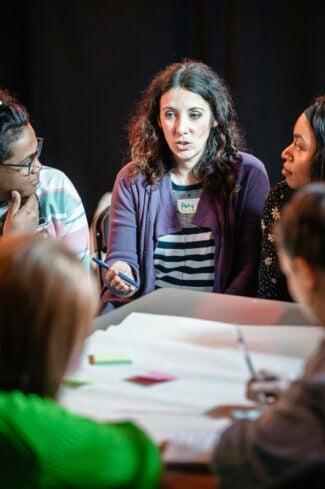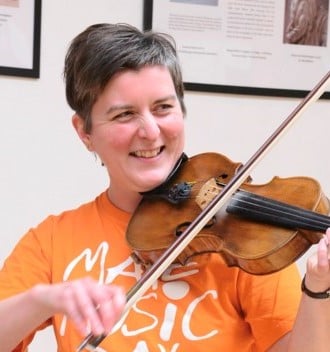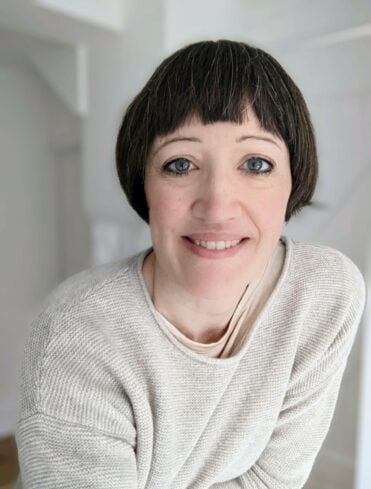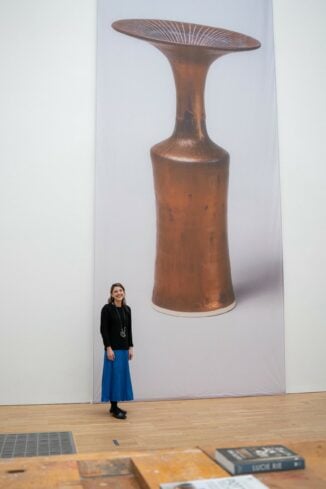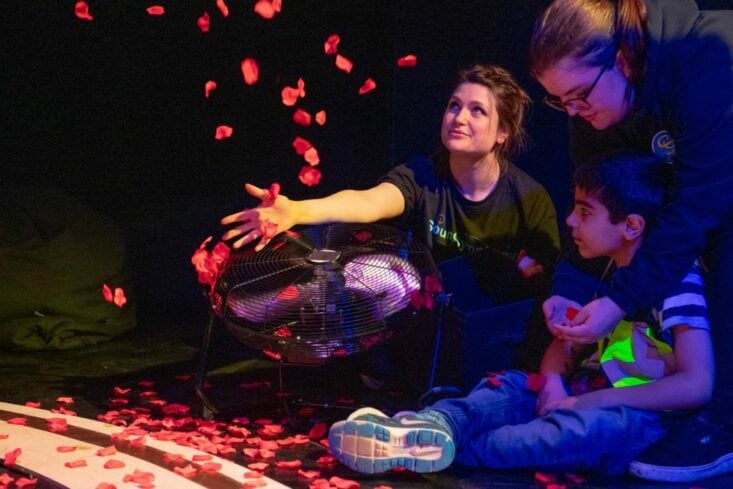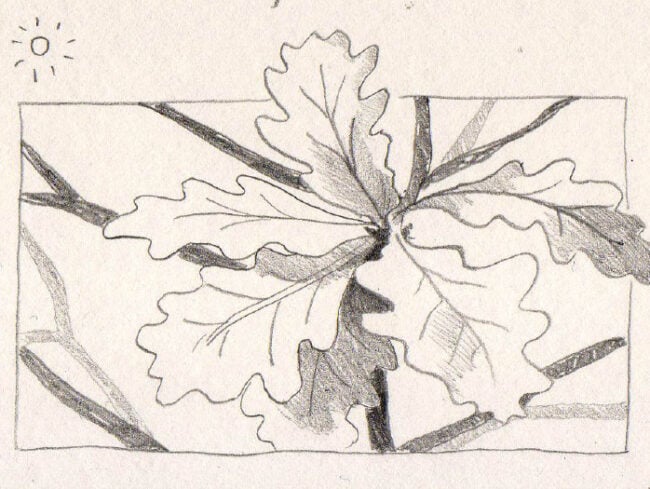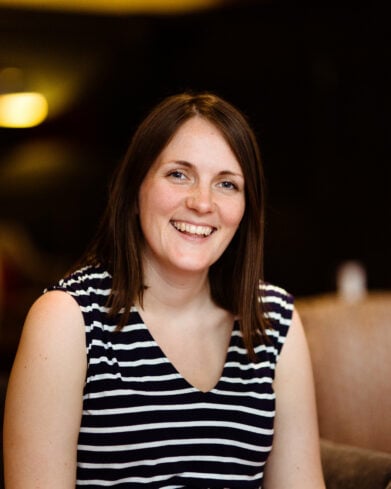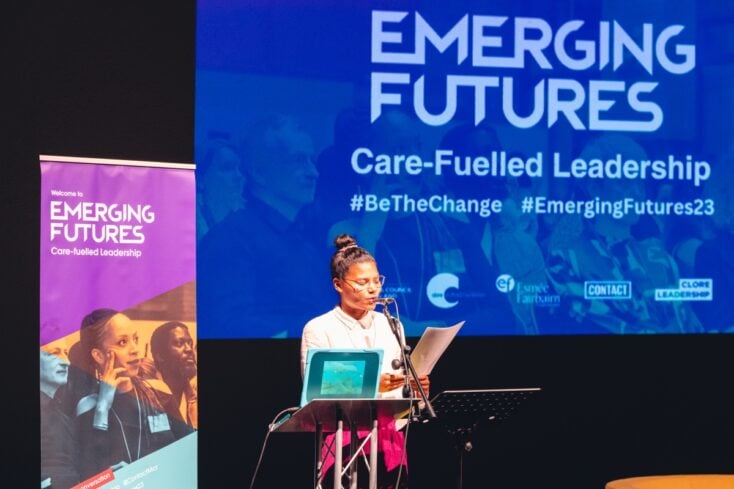Equality, Diversity and Inclusion: What is stopping us?
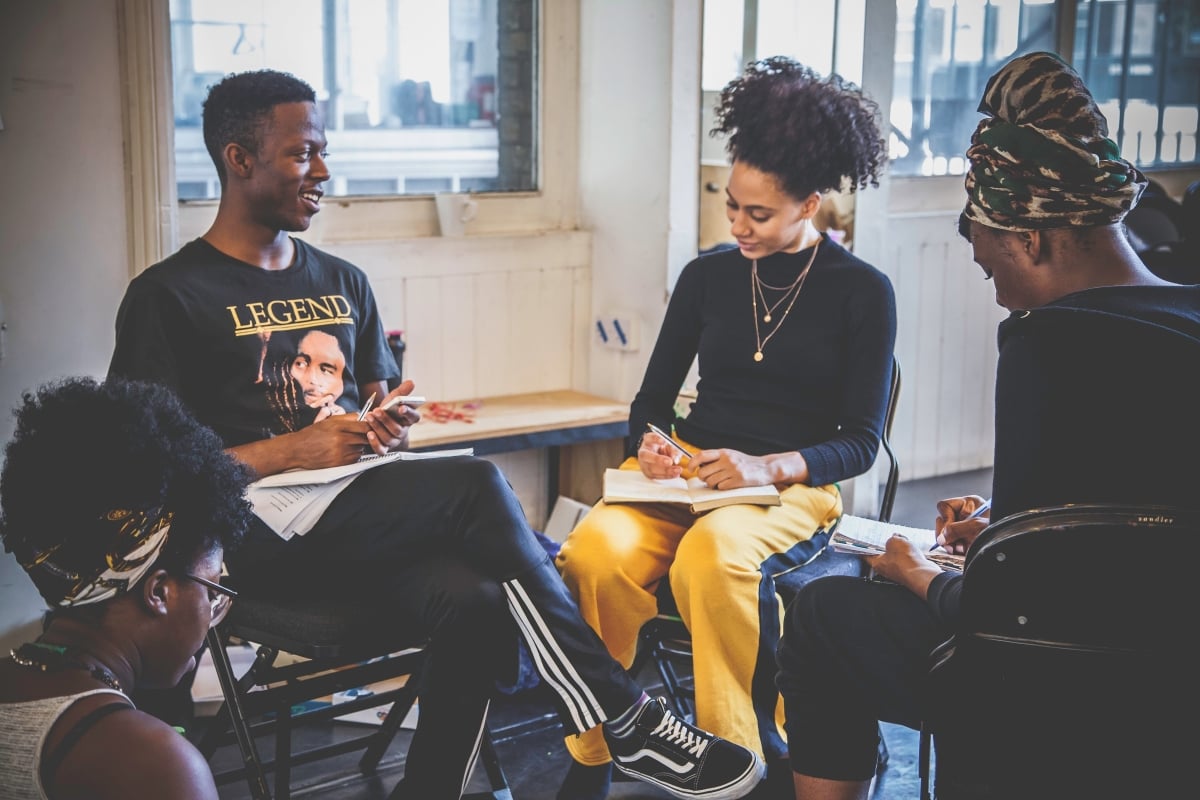
Gail Babb is a theatre practitioner, producer and recent Clore Fellow who specialises in participatory arts work in a range of community, educational and social settings. As Producer for Participation & Learning at Talawa Theatre Company she has brought work with emerging theatre makers to the centre of the company and developed an innovative programme that places an emphasis on bespoke, participant-led projects. Gail’s work as a facilitator and theatre maker includes creative learning in schools, equality and diversity training in universities and workplaces, and devising with children, young people and mental health service-users. Previous shows have been created for a range of settings, including theatres, a tour to South Africa’s National Arts Festival and site-specific pieces in museums and a derelict school. Gail is an active board member for London Arts and Health Forum and Strongback Productions. She will be leaving Talawa, after 11 years with the company, to pursue freelance work alongside a new role as Lecturer at Goldsmiths, University of London
You may have heard people say that the world is hurtling through change at a breakneck pace. That our increasingly globalised culture is being changed by technological advances faster than our brains, bodies and businesses can cope with. Communication is more immediate, ideas are spread faster, and we are being urged to add new terms to our vocabularies as old ones are problematised. Suddenly we’re issuing trigger warnings, asking each other what our pronouns are and checking our privilege. Talk to others and you might hear of a world progressing painfully slowly. British citizens are being ‘sent back home’, people with disabilities are still campaigning for equal access to public transport and, according to the Fawcett Society, we are on track to achieve gender equality in 170 years. The pace of change is, in part, subjective. If you are standing still, people can appear to be racing away from you; if you are running, you might wonder why others are out for a light jog.
Despite your perspective, it is clear that diversity is on the agenda in the cultural sector, and has been to varying extents since the mid-eighties. If you take a look at most cultural organisations’ business plans or websites you will see a cultural sector committed to equality. The argument has apparently been won. Yet many groups are still underrepresented on our stages, the walls of our galleries and in our offices. There is a disconnect between the sector’s understanding of the importance of diversity and its realisation. The question is, why?
How willing we are really? Are we ready to challenge the underlying structures of our sector – to make necessary changes to our daily working life?
Equality, Diversity and Inclusion
Equality, at its simplest, is equal opportunities, access and treatment for all. Diversity is the presence of the widest variety of people in our workforce and audiences. Inclusion is to include those diverse groups of people in the sector’s systems and processes.
Inclusion is the most powerful of the three words for me, because it implies a two-way relationship and mutual growth. By seeking, valuing and embedding diverse voices into the sector, inclusion invites critique and creates space for systemic change.
Changes to the structure of our sector, to the framework upon which it is built, are risky. They require a step into the unknown. Inclusion of all members of our society – all ethnicities, genders and classes, people with different experiences, needs and backgrounds – will lead to the rich, dynamic cultural excellence that Arts Council England describes. But perhaps it would require a series of changes so great that the cultural sector would be rendered unrecognisable. This may be the real test of our resolve, the reason why the reality does not match our apparent aspiration. Maybe we are more reluctant to change than we might admit.
I am going to look at three aspects of change to shed light on our willingness or reluctance to create a more diverse, inclusive cultural sector: the mode of change, the place of change and the agents of change.
The Mode of Change
As mentioned earlier, the pace of change can be too subjective to grab hold of, but our perception of it is important. Change that feels too fast can alienate people, increasing their resistance to progress and diminishing their willingness to work towards it. Too slow and it can exhaust, devalue and further marginalise those struggling to find a place in the sector. Looking at pace alongside the mode of change can help. Is the change process incremental or radical? Are we working to improve or transform our sector?
Incremental change is concerned with modifying, augmenting or adjusting existing structures and processes. It is a slow burn development that gives time for everyone to join the race, avoids disruption and mitigates against risk. Slow, developmental change allows us to dismantle our fears and those of others, gaining more of a consensus over time and resisting a snap back at a later date. Plans to achieve an equal gender balance on British stages in five years, or to halve the BAME pay gap by 2022, are likely to lead to a more inclusive future, but they preserve the status quo in the present.
Radical or transformational change, on the other hand, demands disruption:
‘It requires a shift in assumptions made by the organisation and its members. Transformation can result in an organisation that differs significantly in terms of structure, processes, culture and strategy’.[1]
All modes of change require a critical look at the barriers we may have in place, but the solutions are different. Instead of editing the eight-hour day by implementing flexible working or staggered hours like incremental processes might, radical change will question the validity of this default structure in the first place. Extraordinary Bodies, for example, the UK’s leading integrated circus company, opt for task-based rather than hours-based contracts and grant staff unlimited leave. Their position is that their staff’s ability to manage their time has a more positive impact on the company and its work than knowing everybody will be working (roughly) between 10am and 6pm, Monday – Friday.
The Place of Change
Where are we situating our change efforts – on the sector as a whole or on particular aspects of it? On the system or on those entering it? In an effort to diversify the cultural workforce, we have created many skills development initiatives and outreach programmes that situate our efforts on those who are underrepresented, inadvertently placing the burden of change on them. Many excellent programmes that strengthen individual networks, develop confidence, or share the ‘secrets’ – the language – of our sector are enacting integration, not inclusion. The individual is required to conform to, cope within and become comfortable with our culture, while the sector is left largely untouched. This does not mean that the work is unimportant. It is vital if we decide that a more radical change poses too much of a risk, as it increases the chance that participants will be able to create and maintain careers in the sector. Projects like these can also be an instrumental part of transformative change if we find we are willing.
A key feature of incremental change is that it operates at the edges of the system. It seeks progress in discrete areas: one organisation might cultivate local audiences, another will focus on early career artists, and others diversify their artistic programmes. These programmes result in significant gains in their areas, but are bounded by time or location, and can be limited in scale and permanence. What happens when projects end, for example, or if someone who has become comfortable in their local museum tries their local theatre instead?
Temporary, project-based interventions can be rich, dynamic testing grounds for new ways of working, if they are connected to a wider, sustained programme of change. They can provide the sector with knowledge of current barriers, problematic aspects of our working practices and alternative models for diverse, inclusive processes. How do we ensure that progress ripples out from these initiatives? Who has the power to ensure that learning is translated into action across the cultural sector?
The Agents of Change
Much of the cultural sector’s work on equality, diversity and inclusion is driven by the passionate few – artists and organisations from a particular community group, a visionary associate director, a group of frustrated students. Individual agents of change scattered throughout the sector that have the vision, imagination, drive and often specialist knowledge or relevant lived experience to push the work forward. This is often described as bottom-up change but, in reality, you will find individuals working towards change at every level of our sector, often undertaking the work alongside their ‘real’ job, constrained by a lack of resources and with limited access to the underlying structures.
A more traditional mode of systemic change follows a top-down model where the leadership identifies and initiates change. With access to the structures of the organisation or system, the power to embed the change initiative in strategic plans, and greater control over resources, the possibility of change is promising. But, top-down processes can result in a ‘done to’ feeling. If the need for change and the positives that may come from it are not clearly communicated, people may disengage. Measures are also limited by the imaginations, logic and experience of those creating them, which becomes increasingly problematic if leadership is monocultural.
Isolated agents of change, regardless of their position, are just that: isolated. We need to work out how to thread the agency for change throughout the system – how to harness the widest variety of opinions, skills and experiences, and to provide access to the inner workings of our sector. In order to crack inclusion, we are going to have to work inclusively.
A Platform for Change
“In order to change behaviors and drive change with a long term purpose, we first need to revisit our own line of thinking and our own set of values and then, if we dare to take the necessary steps, move ahead, boldly. There is simply no other choice. Either we drive our own self evolution or it will be done for us by the evolving context. And that, we cannot manage.” [2]
It would be easier to believe that resistance to a truly inclusive cultural sector comes from a select group of sexist or racist people who just do not get it, who sit in elite spaces worried about losing privileges they won’t concede they have. But, if we agree that inclusion means we have to radically change the way we work as individuals, organisations and as a sector, then we have to admit that we are not always willing to do that – that we, too, resist change.
When I am at my busiest, when my inbox is flooded and my to-do list has been the same length for an indeterminable period of time, it feels like too much to ask me to adapt, to be flexible, to stop and think about something differently. When we are up against it, we revert to our defaults and our biases, and, unfortunately, many of us in the arts spend far too much of our working lives at capacity.
Possibly the most radical step we can make is to create time to stop so we can ask ourselves and our colleagues the hard, but simple, questions: do we want an equitable, diverse, inclusive cultural sector? If we do, what are we prepared to change, or to lose, to get it? We need to identify the ways in which we are hindering progress and get out of the way.
The pace of change is misleading because it implies we are working towards a definable end – that there is a finish line. Inclusion is not an end. It’s an ongoing process that will require us to shift and adjust as long as our ever-evolving society does. It is an attitude – an approach. An inclusive cultural sector will likely mean we are unable to rely on tried and tested methods, our default ways of working or strategies that make us feel comfortable. If we are serious about equality, diversity and inclusion, not just now but for the future, we need to embrace doubt as a vital tool that keeps us questioning, collaborating and listening.
“What’s needed is a real-time, socially constructed approach to change, so that the leader’s job isn’t to design a change program but to build a change platform — one that allows anyone to initiate change, recruit confederates, suggest solutions, and launch experiments.’[3]
If we can accept that we don’t know what change will look like – that it can’t be predicted or pre-empted – we might be able to create the right environment to foster it across all areas of the sector. We can adopt an open, porous approach in every workshop, project or meeting that sees the voices in and outside the room as critical friends. At an organisational level, we can create flexible frameworks in which staff, participants and other stakeholders can experiment, interrogate and deconstruct together. We can create sector-wide spaces for collaboration and conversation that resist consensus and seek discomfort. We can fund individuals and organisations who contribute to the work and defund those who don’t. If we are willing, the cultural sector as a whole could be a dynamic platform for ongoing collaborative innovation.
[1] Linda Ackerman, ‘Development, transition or transformation: the question of change in organisations’ in Van Eynde, D., Hoy, J. and Van Eynde, D. (eds) Organisation Development Classics, San Francisco, 1997.
[2] Edson Franco, New ways of thinking are needed to keep up with the pace of change, Zurich, 2018
[3] Gary Hamel and Michele Zanini, Build a change Platform not a change program, McKinsey & Company, 2014
